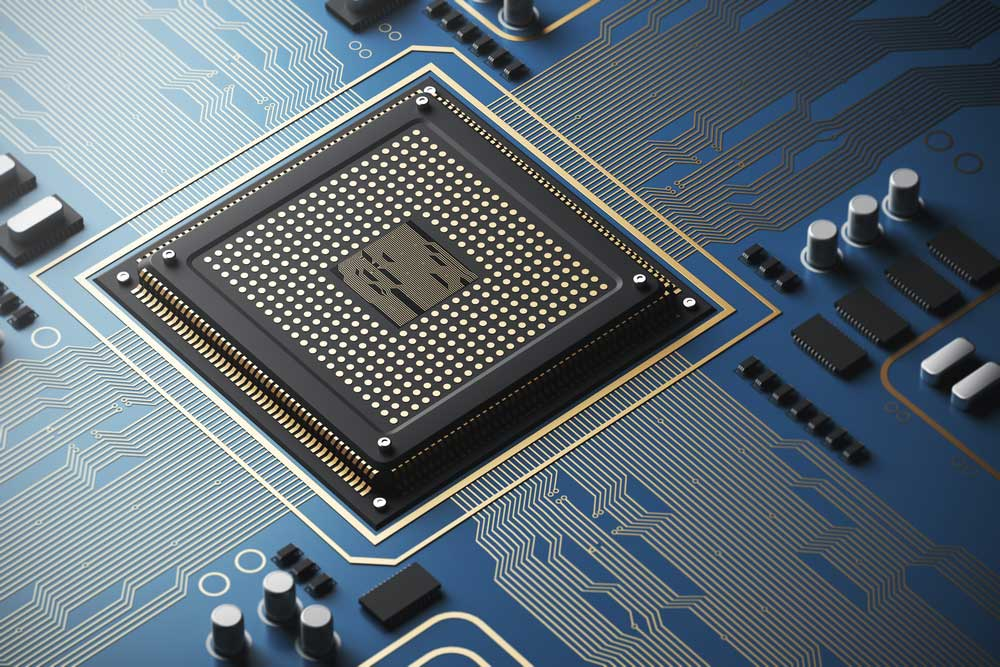

Today, we will explore the different bonding technologies used to classify IC substrates. Bonding technology refers to the way integrated circuits are connected to packaging or external circuits, with each connection method requiring the substrate to have specific characteristics.
1. Wire bonding: This is the most common type of bonding, where operators or machines draw wires from the connection points of the chip, through the packaging or carrier, to connect to the external circuit.
2. Tape Automated Bonding (TAB): In this technology, manufacturers use flexible printed circuits (FPC) to bond integrated circuits to fine conductors on a polymer base substrate.
3. Flip Chip (FC): In this connection technology, the most common interconnection method is the use of solder balls or bumps. After distributing solder balls on the chip pads, the chip is flipped and aligned with the pads of the external circuit. Additionally, manufacturers can use polymer adhesives, solder joints, or solder interfaces to achieve this bonding.
In the next article, we will continue to understand IC substrates according to material classification.